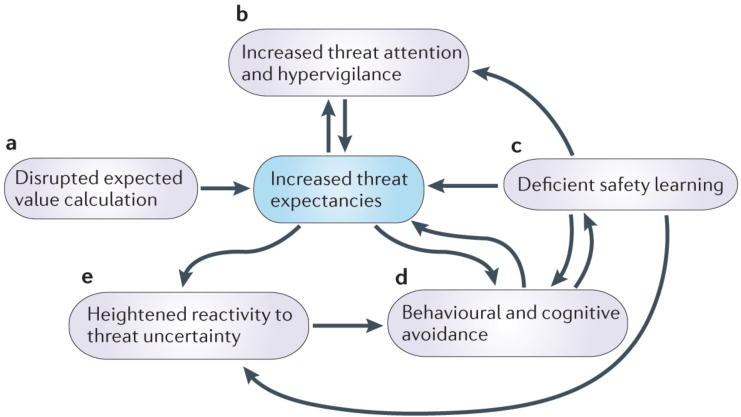Figure 2. Altered anticipatory processes in response to threat uncertainty in anxiety.

Dynamic interactions among five key psychological processes (in purple) allow for anticipatory responses to uncertainty about future threat. The UAMA posits that alterations to these processes and associated core brain circuitry (see Figure 1) are responsible for maladaptive cognitive, behavioral, and affective responses to uncertainty in highly anxious individuals. At the core of UAMA are heightened expectancies about the probability and cost of future threat (in blue). These elevated expectancies are the result of alterations in the calculation of expected value and aversive prediction error signaling (A), increased threat attention and hypervigilance (B), and deficient safety learning or an inability to inhibit anxious responding in the presence of safety (C). These heightened expectancies and an inability to identify safety in situations of uncertainty contribute to elevated cognitive and behavioral avoidance (D), which leads to further difficulties in identifying safety and reducing threat expectancies. Heightened threat expectancies and an inability to identify safety signals contribute to exaggerated physiological and behavioral reactivity under conditions of uncertainty (E), and this heightened reactivity to uncertainty leads to further avoidance of such conditions.
